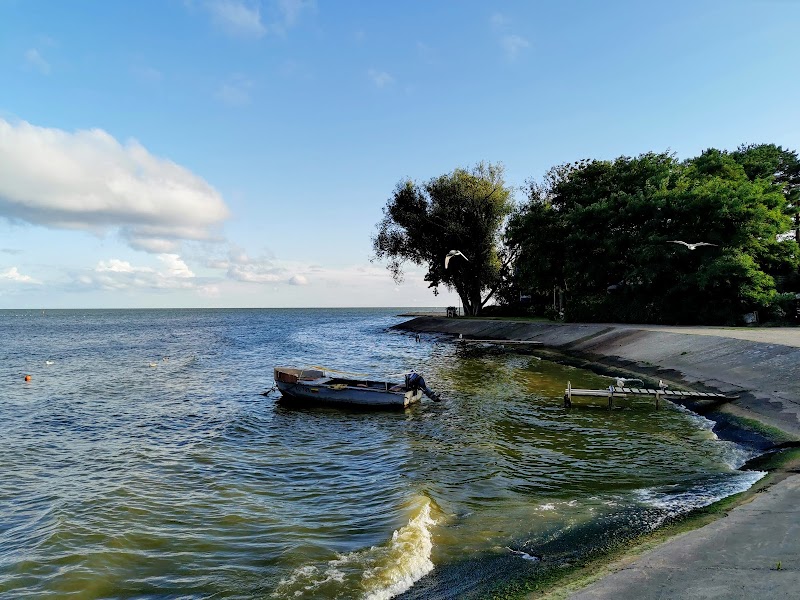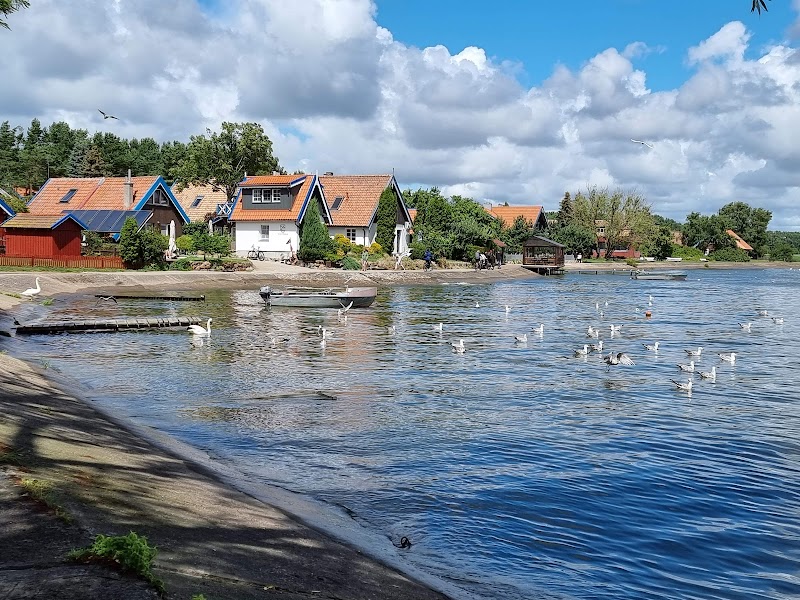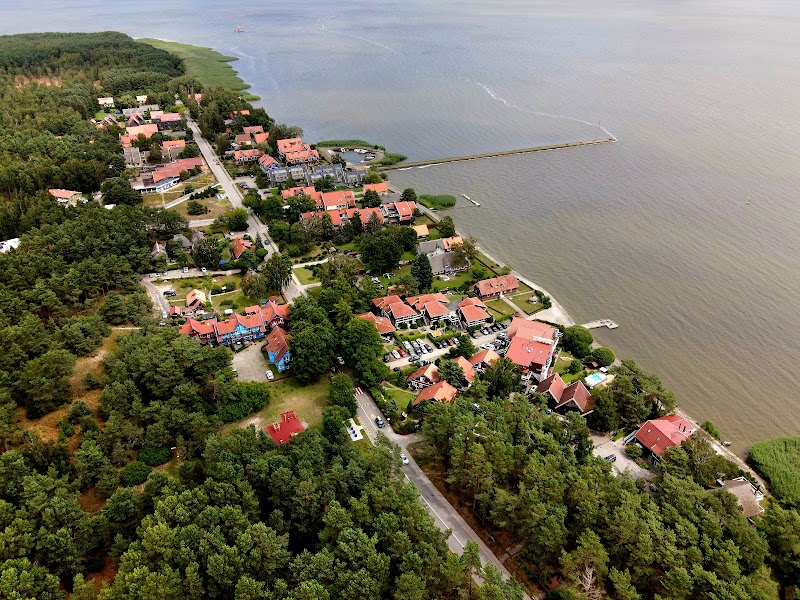
Curonian Spit
Curonian Spit
Category
Sightseeing
Typical Duration
20 minutes
Difficulty
Easy
Photo Gallery

Curonian Spit - Curonian Spit

Curonian Spit - Curonian Spit

Curonian Spit - Curonian Spit
About This Landmark
Scenic Wonder of Curonian Spit
Curonian Spit is a striking sand-dune peninsula situated between the Baltic Sea and the Curonian Lagoon, split between Lithuania and Russia’s Kaliningrad region. This narrow strip, a UNESCO World Heritage Site, captivates visitors with its dramatic landscape of soaring sand dunes and dense pine forests, a rare blend in Northern Europe. The Spit stands out for its dynamic natural formations—the tallest sand dunes in Europe soar up to 60 meters, continuously shaped by strong coastal winds, creating an ever-shifting scene. These dunes provide breathtaking views of the surrounding waters and forests, drawing nature lovers, bird watchers, and photographers alike.
Key highlights include the Parnidis Dune with its unique 40-foot sundial, accurately marking hours, months, and solar events. The sundial, rebuilt after a hurricane, adds a fascinating cultural and astronomical touch to the natural environment. Wildlife is abundant here, with species like the elusive Eurasian lynx and numerous migratory birds frequenting the area. Visitors also find cultural intrigue in local legends, such as that of Neringa, a giantess believed to have formed the spit to protect fishermen from storms.
The Curonian Spit offers a blend of natural beauty and history, set along tranquil beaches where sand meets sea and forest. Whether walking along its long sandy shores or admiring the forest’s shade, this destination provides a peaceful retreat with impressive natural and cultural features that make it a unique Baltic destination.
Adventure Guide to Curonian Spit
Parnidis Dune Sundial
- What makes it special: Europe’s tallest sand dunes crowned by an impressive sundial with steps marking hours and solar events.
- Features: Scenic walking trails, observation points, educational signs about the sundial’s astronomical function.
- Local Insights: The sundial was restored after storm damage, symbolizing harmony between nature and science.
- Visitor Tips: Visit in spring or autumn to avoid peak crowds. Bring sun protection and sturdy shoes for dune climbs.
Dead Dunes
- What makes it special: Surreal shifting sands covering an old forest, creating ghostly landscapes unlike typical beaches.
- Features: Marked walking paths through sandy deserts once thriving with trees.
- Local Insights: The area once held small villages now buried under sand, offering a glimpse into changing natural forces.
- Visitor Tips: Best viewed at sunrise or sunset for dramatic lighting and cooler temperatures. Ideal for photography enthusiasts.
Juodkrantė’s Witches’ Hill
- What makes it special: A forested hill adorned with carved wooden sculptures reflecting local folklore and legends.
- Features: Art installations suitable for family visits, picnic spots amid nature.
- Local Insights: Sculptures depict stories from Baltic myths, giving visitors insight into regional culture.
- Visitor Tips: Bring a picnic and comfortable shoes. Spring and early autumn offer pleasant weather and fewer tourists.
Practical Information
- Best times to visit: Late spring through early autumn for comfortable weather and accessible trails.
- What to bring: Sunscreen, water, sturdy footwear, camera, and insect repellent.
- Getting there: From Klaipėda, Lithuania, ferries cross the lagoon to the Spit, with travel times around 20 minutes, but wait times may vary significantly—plan buffer time accordingly. Driving via the Curonian Spit road is possible from the Russian side, with proper visas required for border crossings.
- Additional tip: Due to limited ferry capacity, book crossings in advance if possible to avoid long delays.
- Best Times: Spring and Fall for cooler temperatures and amazing lighting.
- What to Bring: Water, sunscreen, and a camera!
Ratings
Overall
Photography
Featured Activities
Primary Activity
Sightseeing
Also Great For
Essential Information
Nearby City
Protected Areas
Curonian Spit National Park
Experience Level
Experience Needed: This natural landmark is recommended for those with minimal outdoor experience. Perfect for families and beginners.
